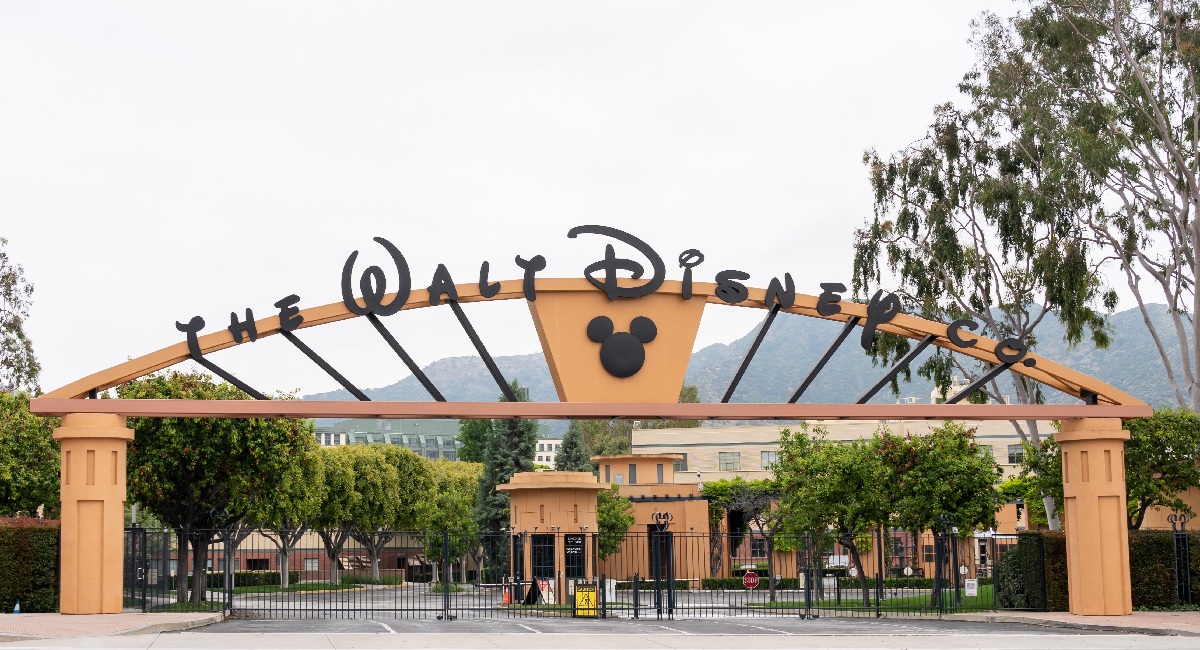Disney Agrees to Settle Lawsuit Over Gender Pay Discrimination Affecting Female Employee

Walt Disney Co. has agreed to pay $43.3 million to settle a class-action lawsuit filed by thousands of its female employees who claimed they were systematically underpaid compared to their male colleagues over many years.
The settlement is a resolution to a high-profile case that began in 2019 when LaRonda Rasmussen, a former Disney employee, discovered that six men with the same job title as hers were earning significantly more. This discovery was particularly striking as one of her male colleagues, who had far less experience, was paid $20,000 more annually than Rasmussen.
The class-action lawsuit, which eventually included around 9,000 women—both current and former employees—alleged that the company’s gender pay disparities totaled approximately $150 million over the eight-year period.
The case brought attention to the significant wage gap within Disney, particularly among its California-based employees. While Disney has long denied allegations of gender-based pay discrimination, the settlement marks an end to the legal battle, though the company did not admit any fault.
As part of the agreement, Disney has pledged to hire a labor economist who will analyze pay equity among full-time, non-union employees below the vice president level for the next three years. This economist will examine potential pay gaps and work to address any identified disparities. This condition of the settlement emphasizes the company’s commitment to reforming its pay practices, although the final agreement still requires judicial approval before it becomes official.
The lawsuit itself was sparked by Rasmussen’s discovery in 2019. After realizing the pay discrepancy, she filed a claim against Disney, and soon after, a number of other female employees came forward to share similar experiences. Notably, the claim found that between 2015 and 2022, female Disney employees were paid, on average, 2% less than their male counterparts for similar roles. The disparity in wages, according to a study conducted by David Neumark, a labor economist at the University of California, Irvine, amounted to an unfair compensation gap.
Despite the legal challenges, Disney continued to assert that it was committed to fair pay. A company spokesperson commented, “We have always been committed to paying our employees fairly and have demonstrated that commitment throughout this case, and we are pleased to have resolved this matter.”
In the company’s view, much of the disparity stemmed from the women’s previous salaries at other organizations and did not reflect systemic pay discrimination. However, the plaintiffs disagreed, arguing that this did not account for the broader pattern of gender-based inequality within the company.
Lori Andrus, a partner at the law firm Andrus Anderson, which represented the plaintiffs, praised the bravery of the women who stood up to Disney. She noted, "I strongly commend Ms. Rasmussen and the women who brought this discrimination suit against Disney, one of the largest entertainment companies in the world. They risked their careers to raise pay disparity at Disney."
The broader implications of this settlement speak to ongoing issues with the gender pay gap not just within Disney, but across industries worldwide. A report from UN Women highlights that globally, women earn just 77 cents for every dollar men make, with even greater disparities seen among women of color.
Similarly, the U.S. has seen a slight widening of the gender wage gap in recent years, with women now earning approximately 83 cents for every dollar earned by men—a troubling trend that reflects broader systemic issues in achieving pay equity.
While Disney has taken a step toward addressing these disparities, the settlement’s full resolution hinges on judicial approval. According to the analysts, it remains to be seen whether this action will prompt other major corporations to reevaluate their pay practices or whether it will be a solitary case in a much larger issue.




